Buhl Hall
Introduction
Text-to-speech Audio
Images
Buhl Hall
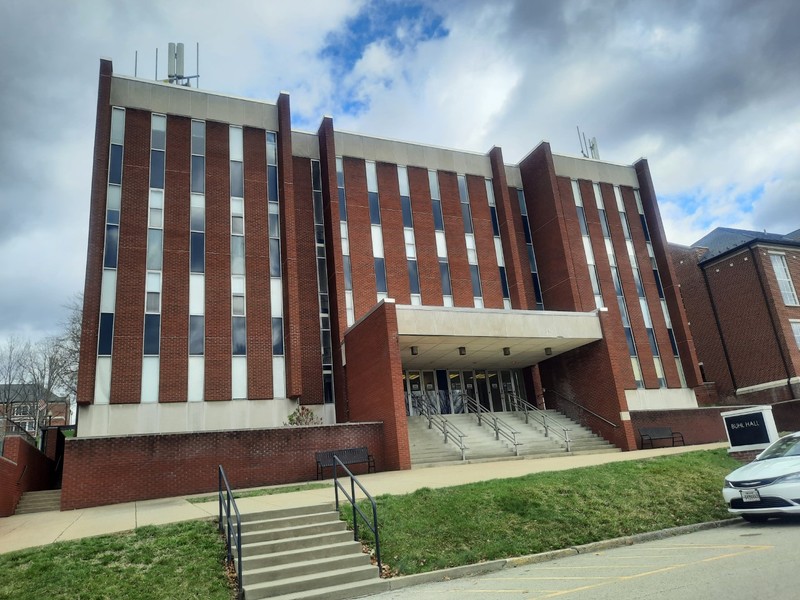
Buhl Hall Back
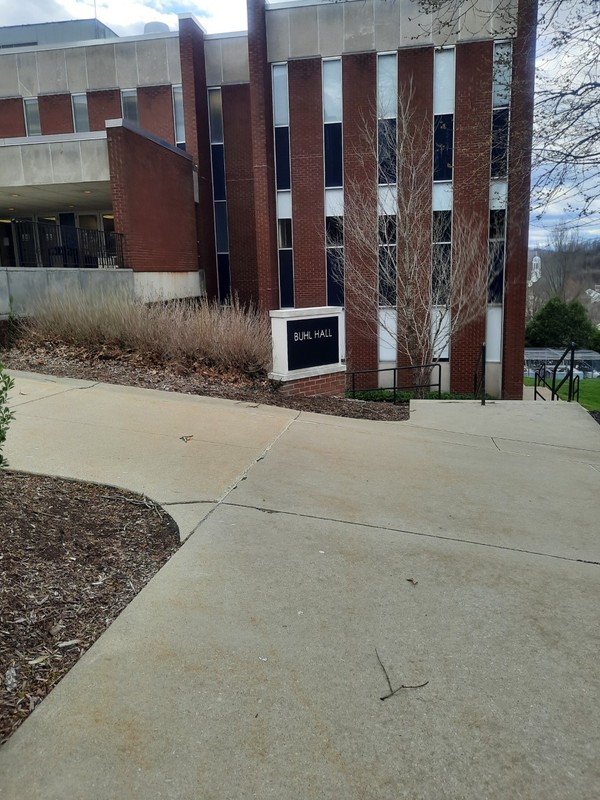
Buhl Hall Back Entrance
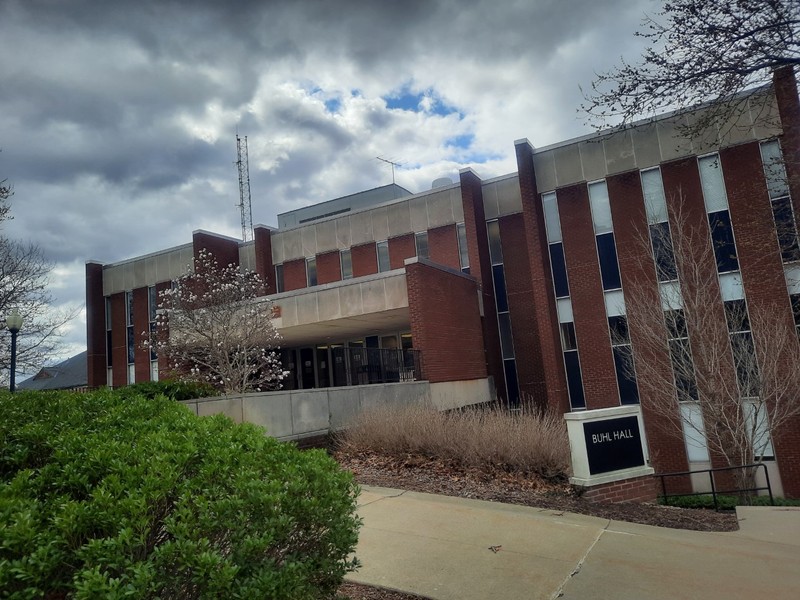
Buhl Hall View from Eberly Library
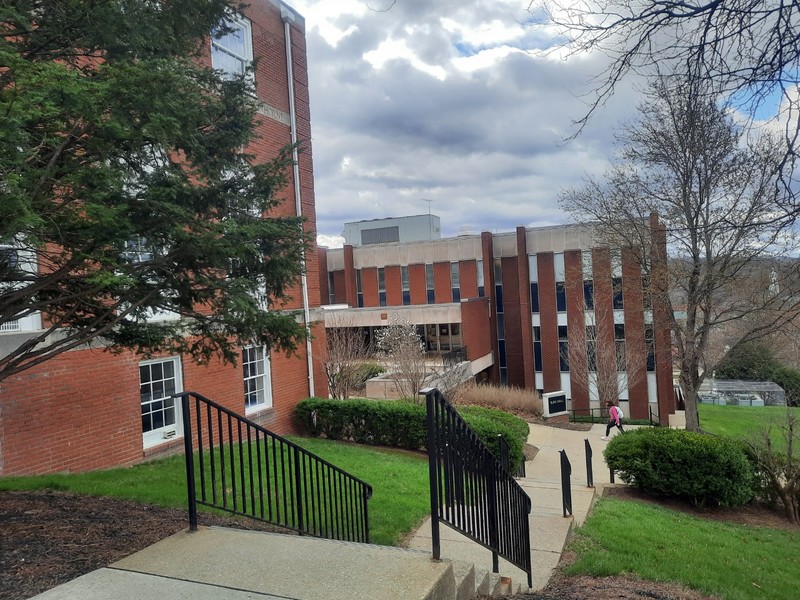
Buhl Hall Front
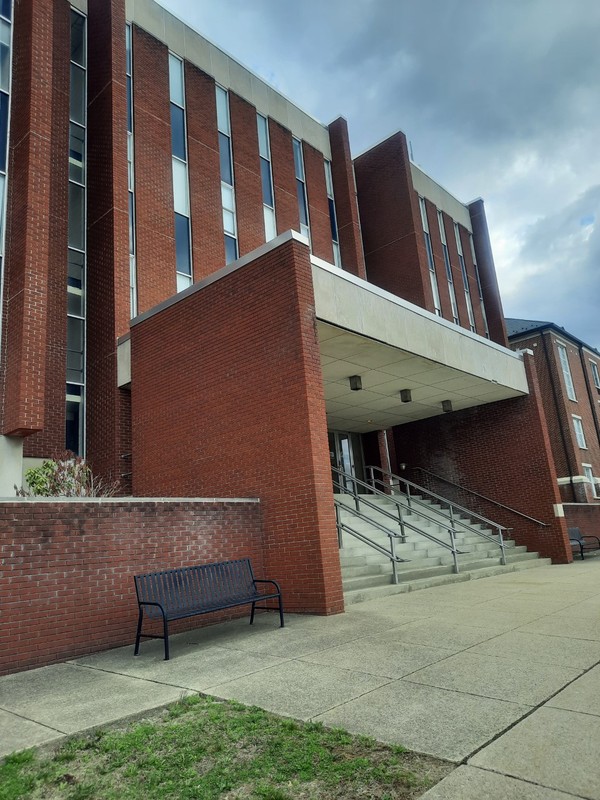
Buhl Hall
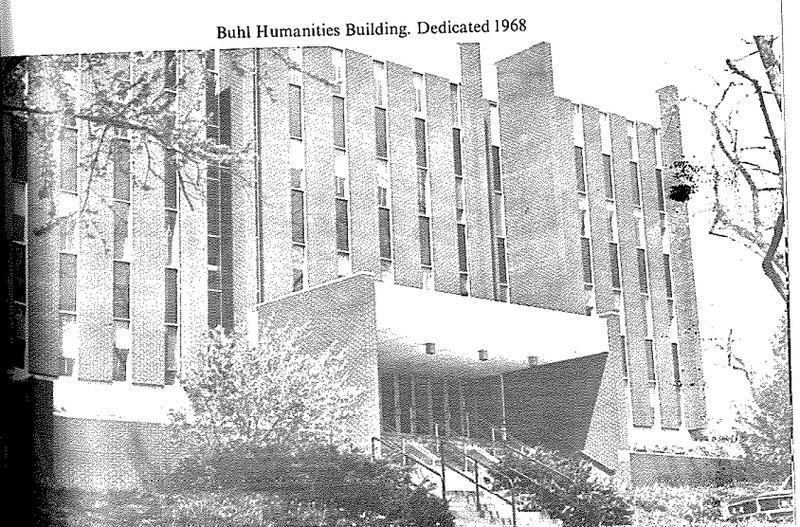
Concept for Buhl Hall
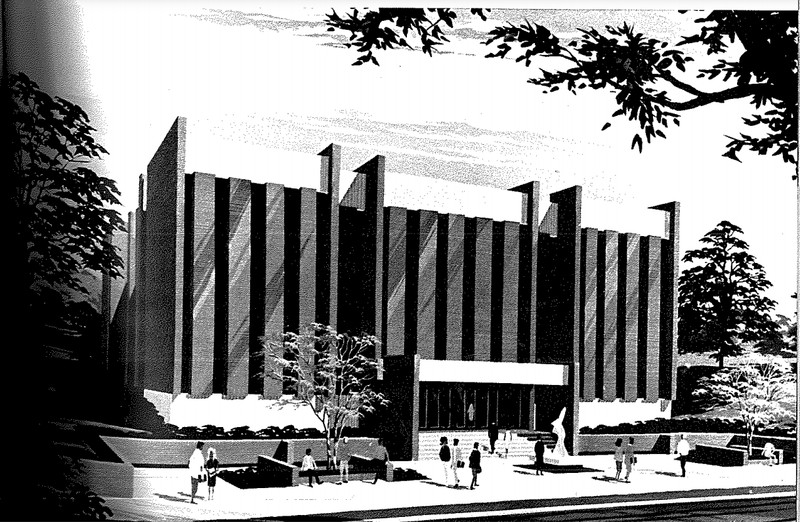
Buhl Humanities Building Legend 1967
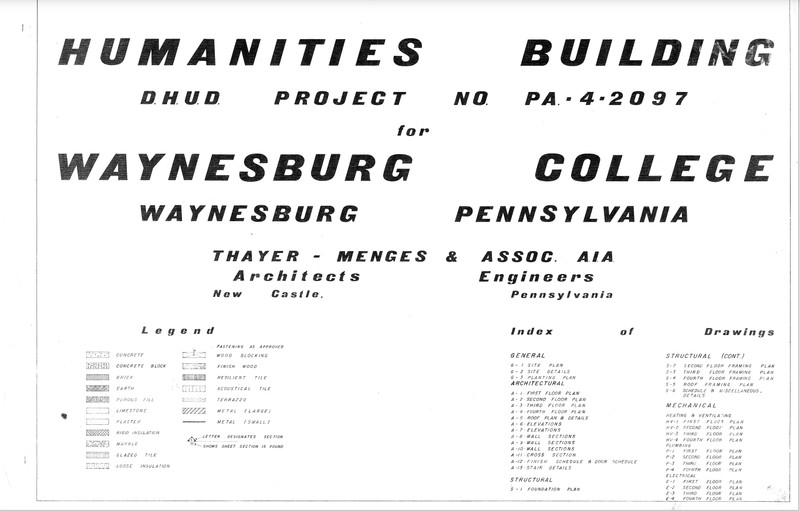
Buhl Site Plan Blueprints 1967
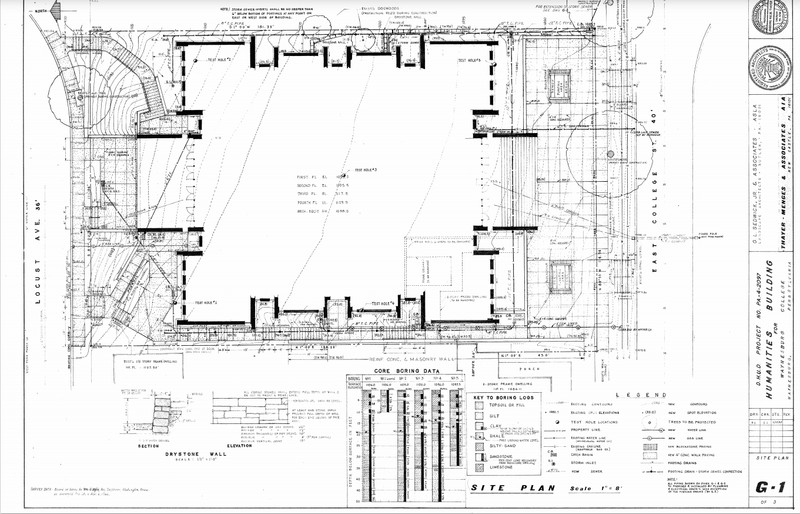
Buhl First Floor Blueprints 1967
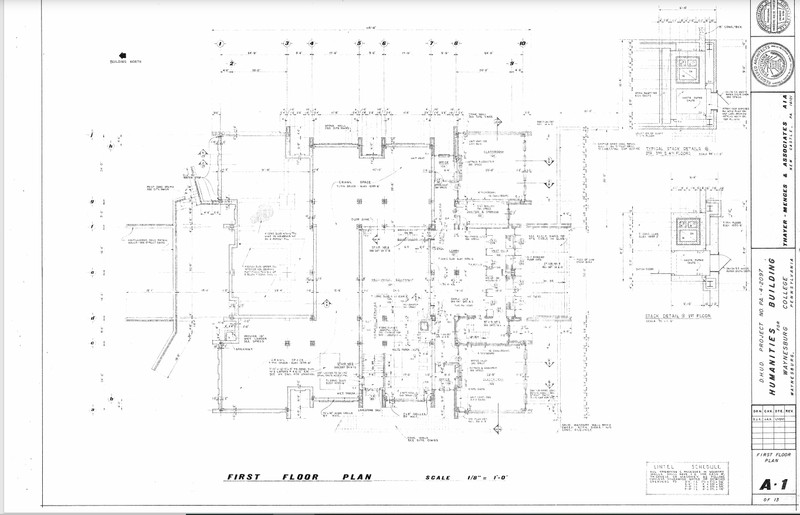
Buhl Second Floor Blueprints 1967
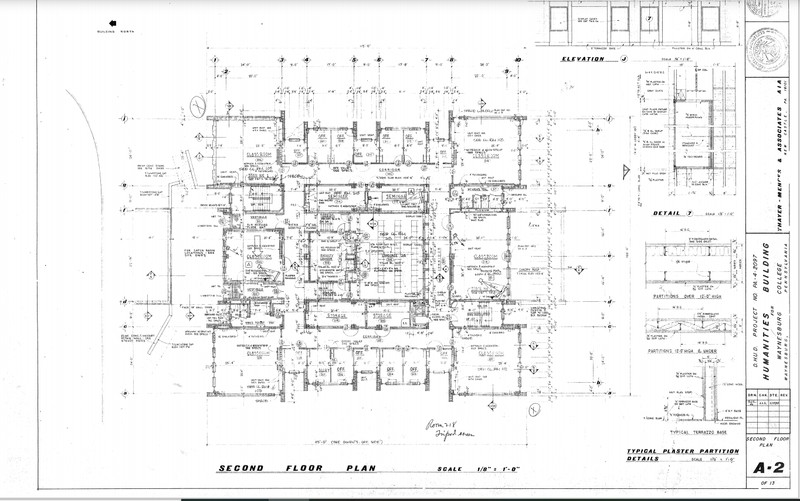
Buhl Third Floor Blueprints 1967
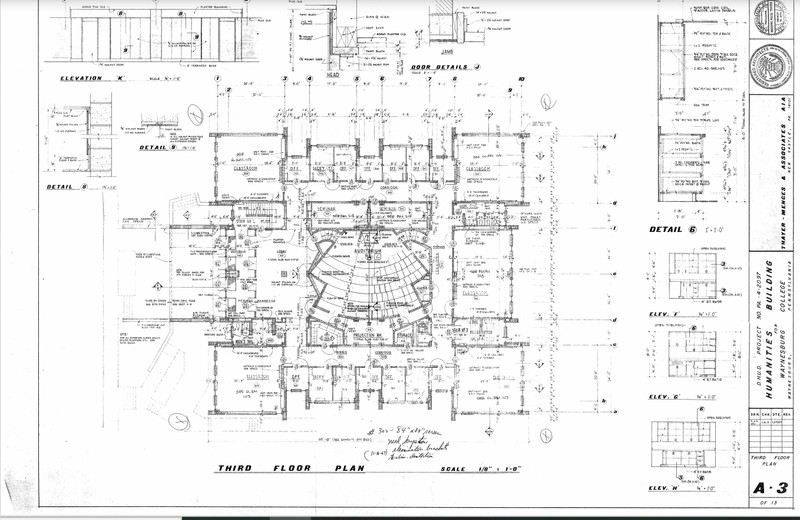
Buhl Fourth Floor Blueprints 1967
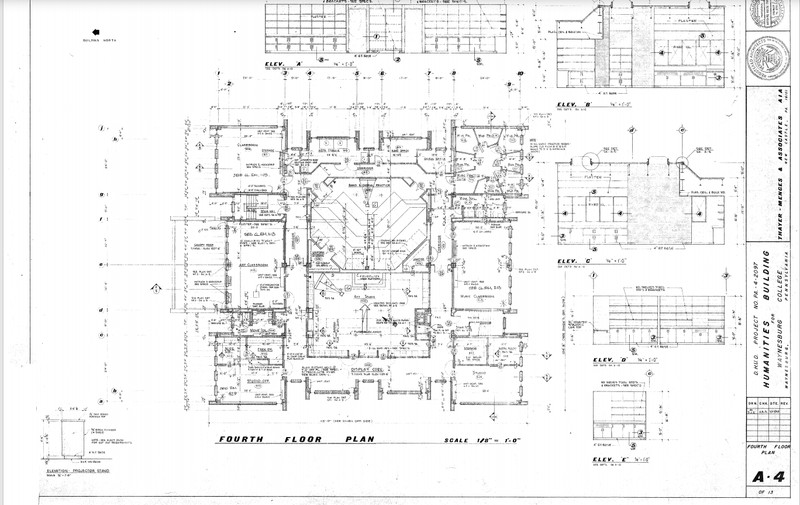
Buhl Third Floor Blueprints 1998
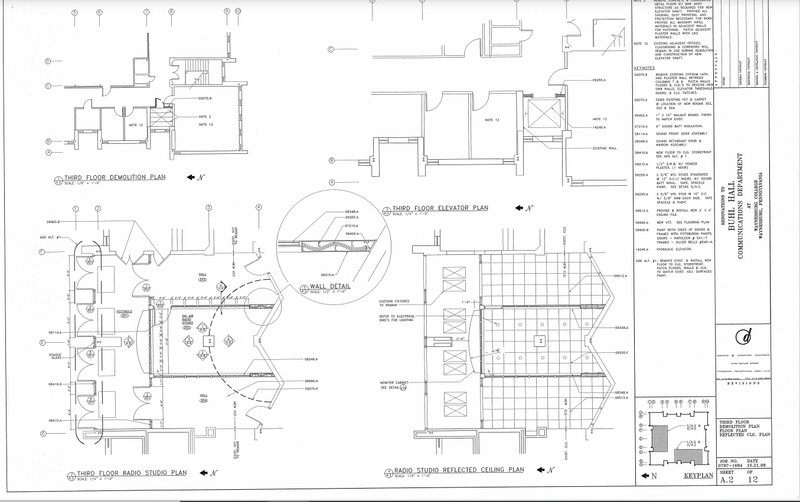
Buhl Fourth Floor Blueprints 1998
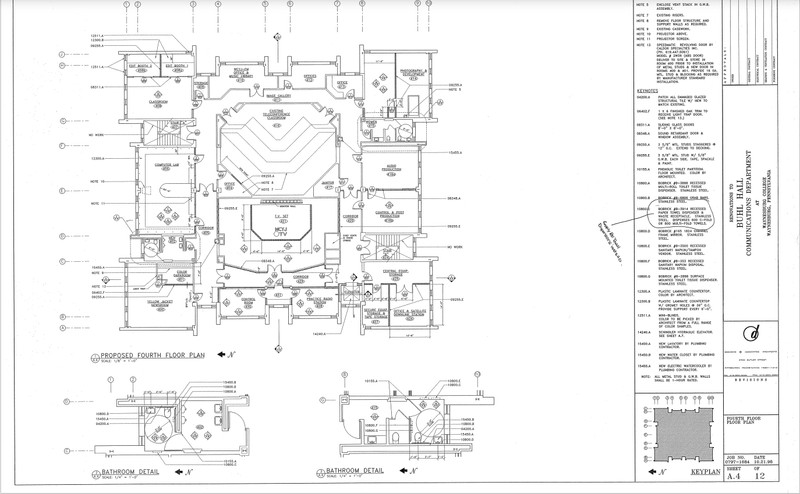
Backstory and Context
Text-to-speech Audio
Waynesburg University lacked classroom space and wanted to build a humanities building. Fund raising for the building was started in 1963 with the first drive known as the “New Achievements Campaign.” The goal was to raise $1,875,000 by 1968. The New Achievements Campaign was combined with another drive in April of 1965, when the Buhl Foundation gave the college $250,000 because they were aware of the college’s need for a humanities building. Their condition was that the college had to raise an additional $500,000 by December 1, 1966. The goal was reached almost a year before the deadline and construction of the building could start while additional funds were being raised to offset inflation and other costs. When the building was complete, it would be debt free.
In May 1966 the college received a federal grant of $322,000 under Title I of the Higher Education Facilities Act of 1965 as well as an “Appalachian” grant of $98,000. With these funds combined, the completion of the building was assured. There was considerable debate among the trustees over the choice of the building site. The Buhl Humanities Building was constructed between the Northward School and the Knox House and was officially dedicated on October 13, 1968.
Buhl Hall originally had sixteen classrooms, four seminar rooms, a lecture hall, a language laboratory, a band and choral practice room, art studios, a faculty lounge, and faculty offices. The lecture hall was named “McCance Auditorium” in honor of Pressy H. McCance, Director of the Buhl Foundation. For a short while it housed four departments: English, Fine Arts, Modern Languages, and Social Sciences.
Today Buhl Hall houses the departments of Communication—located on the renovated fourth floor—Criminal Justice, English, and Human Studies (including History, Sociology, Psychology, and Biblical Studies). The University’s radio, television, student newspaper, and yearbook facilities are located in this building.
Sources
Academic and Administrative Buildings, Waynesburg University. Accessed March 27th 2021. https://www.waynesburg.edu/catalog/university/academic-and-administrative-buildings.
Blueprints received from Terry Sattler, head of Facility Services at Waynesburg University
Dusenberry, William H. The Waynesburg College Story 1849-1974. Kent State University Press, 1975.
Waynesburg University, Mad Anthony Yearbook, Waynesburg, PA: 1968.
Photography by Elena Kubat
Photography by Elena Kubat
Photography by Elena Kubat
Photography by Elena Kubat
Photography by Elena Kubat
Dusenberry, William H. The Waynesburg College Story 1849-1974. Kent, Ohio: Kent State University Press, 1975.
Waynesburg University, Mad Anthony Yearbook, Waynesburg, PA: 1968.
Provided by Terry Sattler, Head of Waynesburg University Facility Services
Provided by Terry Sattler, Head of Waynesburg University Facility Services
Provided by Terry Sattler, Head of Waynesburg University Facility Services
Provided by Terry Sattler, Head of Waynesburg University Facility Services
Provided by Terry Sattler, Head of Waynesburg University Facility Services
Provided by Terry Sattler, Head of Waynesburg University Facility Services
Provided by Terry Sattler, Head of Waynesburg University Facility Services
Provided by Terry Sattler, Head of Waynesburg University Facility Services
